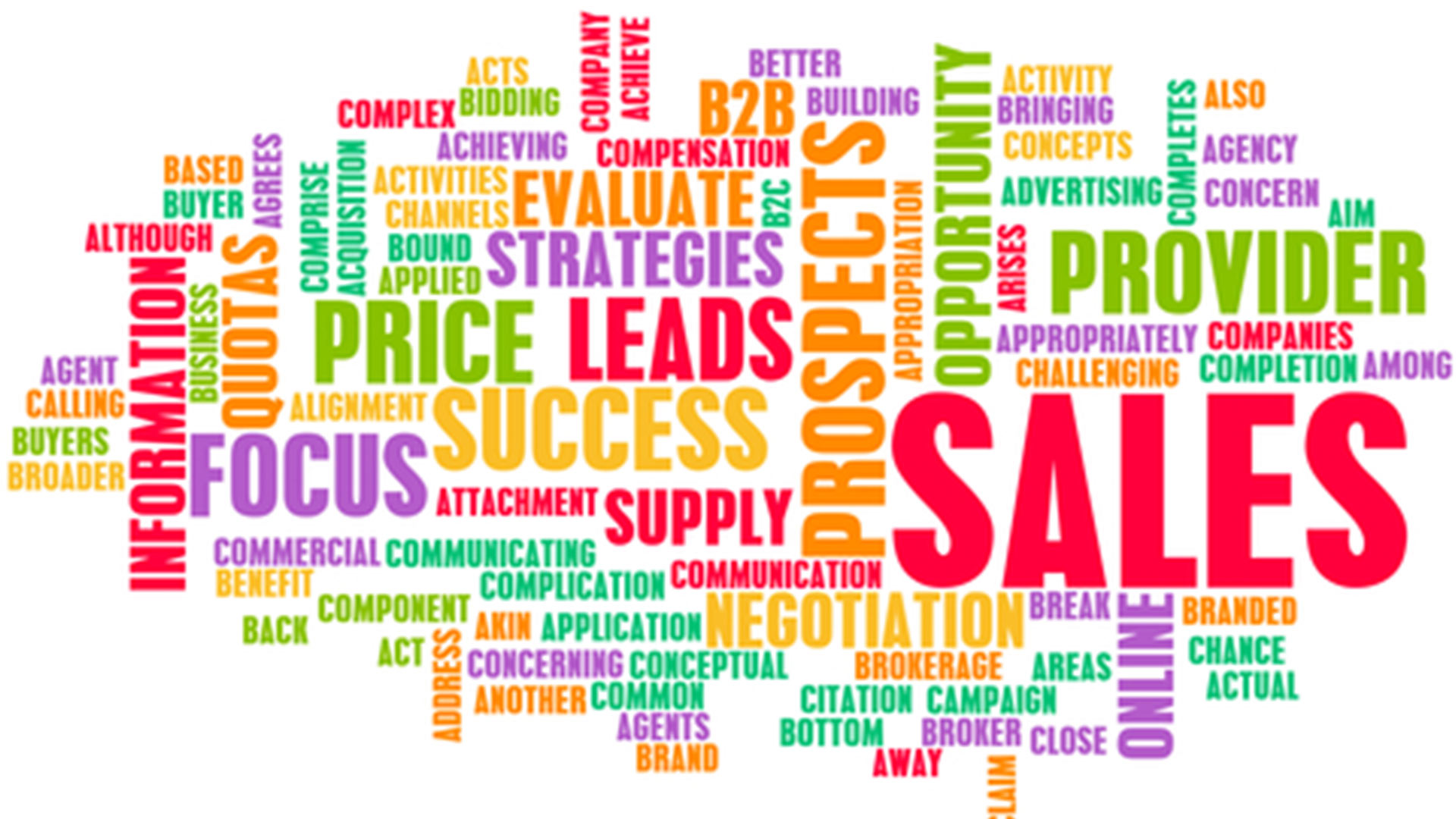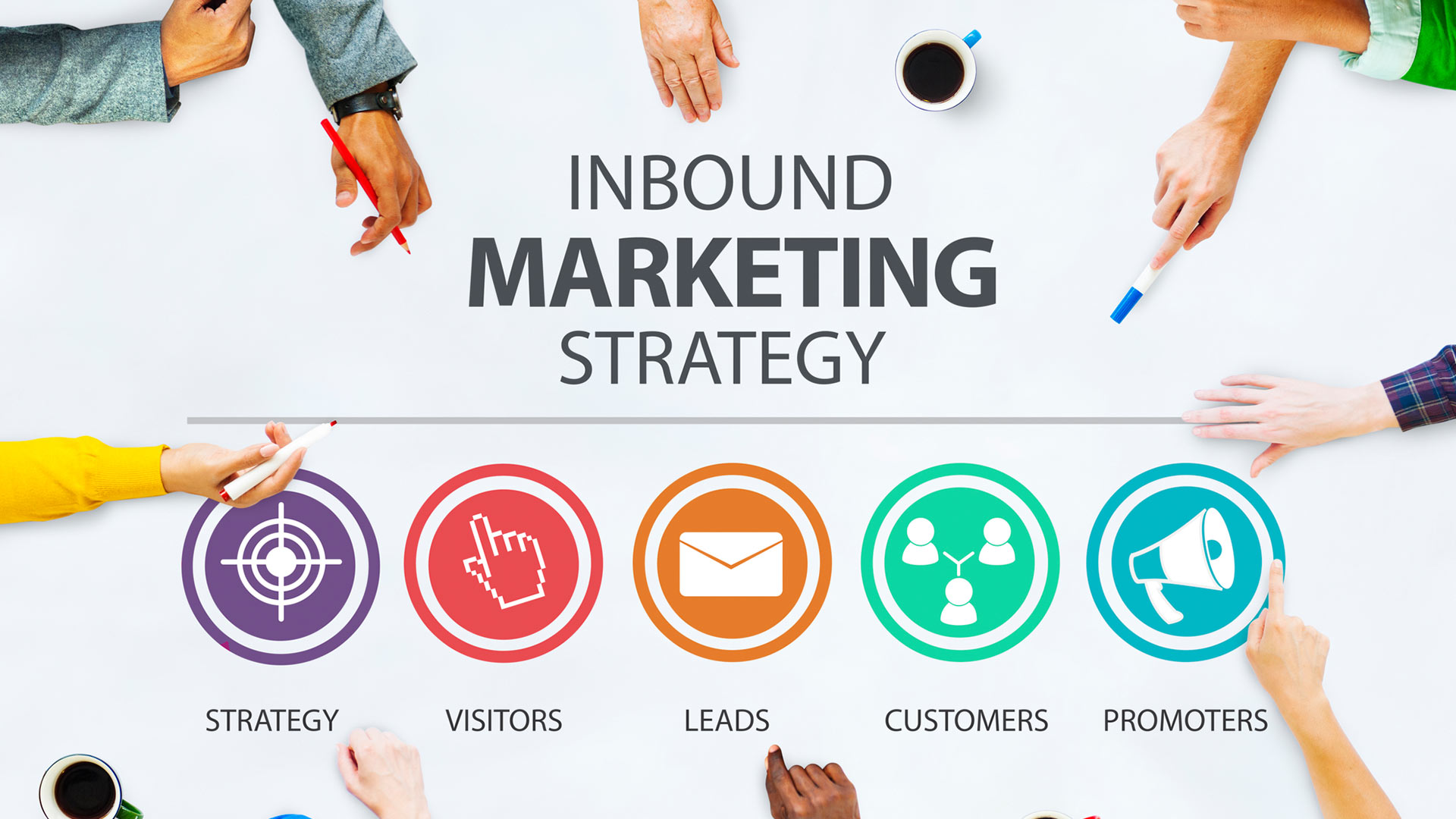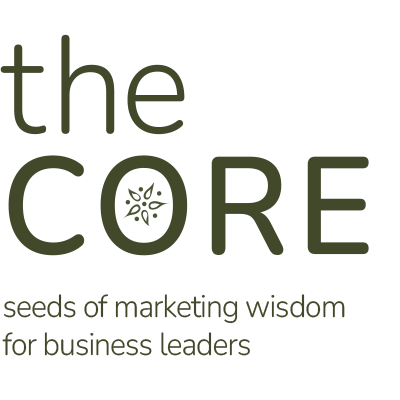In today’s world, it’s not uncommon for a business to partner with a marketing agency, even if they have a full-time, in-house marketing team. Whether it’s a specific project or ongoing partnership, many businesses realize they simply don’t have enough time and resources internally to accomplish everything that needs to be done from a marketing perspective.
However, marketing agencies come in all sorts of shapes and sizes; each has its own unique philosophy, approach, style, and strengths. Some are better fits for your business than others…and vice versa.
While many businesses choose an agency because of their impressive creative portfolio or industry experience, the truth is that there’s a lot more that goes into a successful business/agency relationship. In many ways, it’s the intangible factors that make the biggest difference on both sides of the relationship.
The 3 Biggest Factors for a Successful Client/Agency Relationship
So, how can businesses and marketing agencies work together to form a relationship where everyone wins? Here are three key factors:
- Chemistry Across the Entire Team
- A Common Approach to Business
- Sweet Spots that Align with Your Greatest Needs






 One of the primary purposes of content marketing, and no doubt one of its most compelling benefits has always been that it helps to connect what marketing is doing with what sales is doing. However, the trends that have led companies to focus on content marketing have also raised some very important questions from business development professionals, one of which being, “How do we not only connect our content marketing to our current sales process but also ultimately enhance our processes along the way?”
One of the primary purposes of content marketing, and no doubt one of its most compelling benefits has always been that it helps to connect what marketing is doing with what sales is doing. However, the trends that have led companies to focus on content marketing have also raised some very important questions from business development professionals, one of which being, “How do we not only connect our content marketing to our current sales process but also ultimately enhance our processes along the way?”


